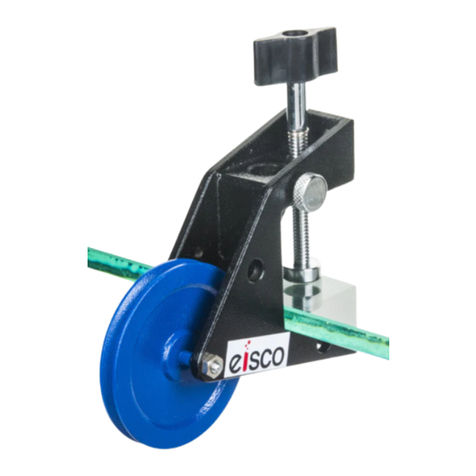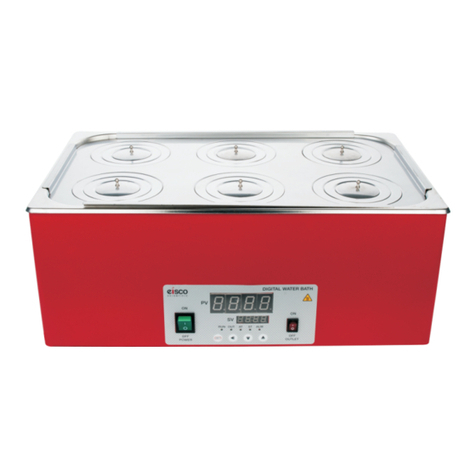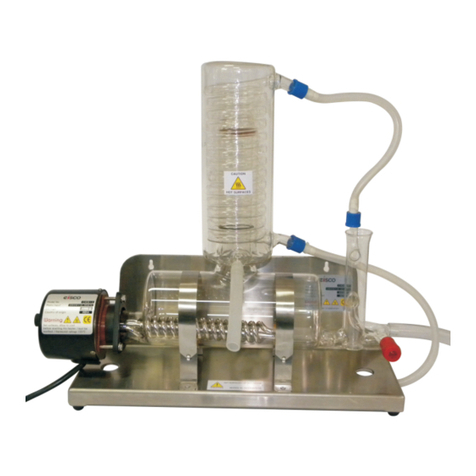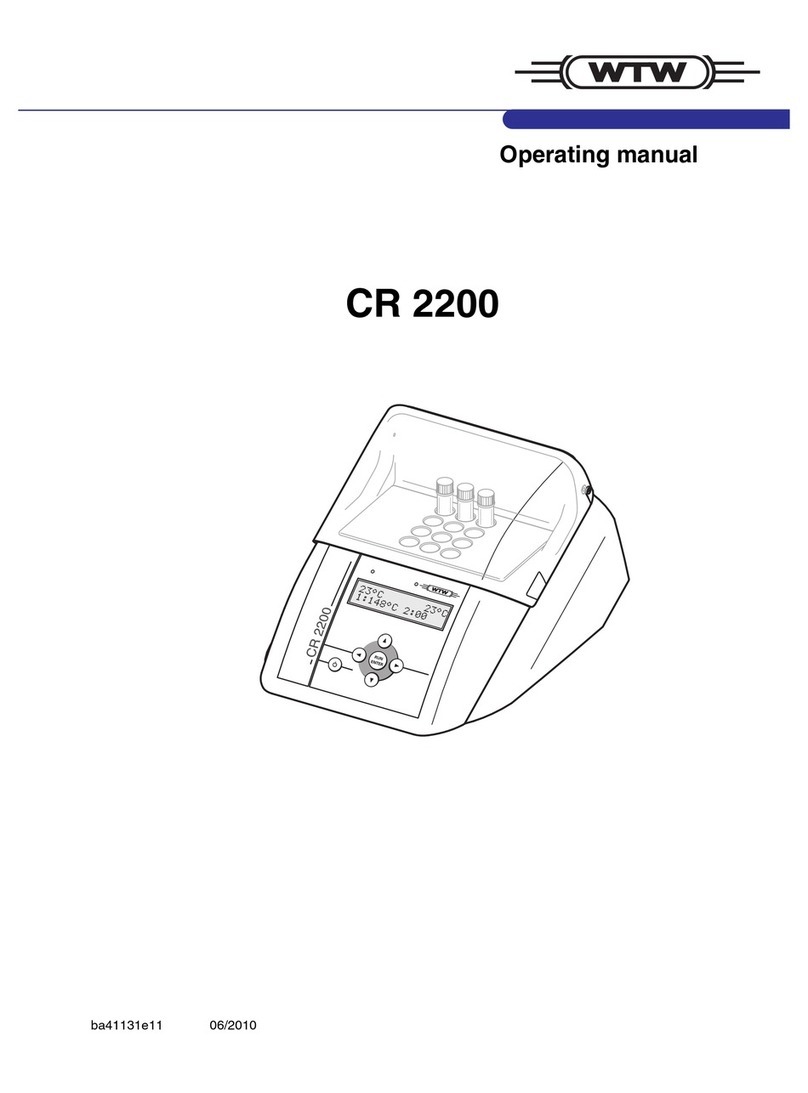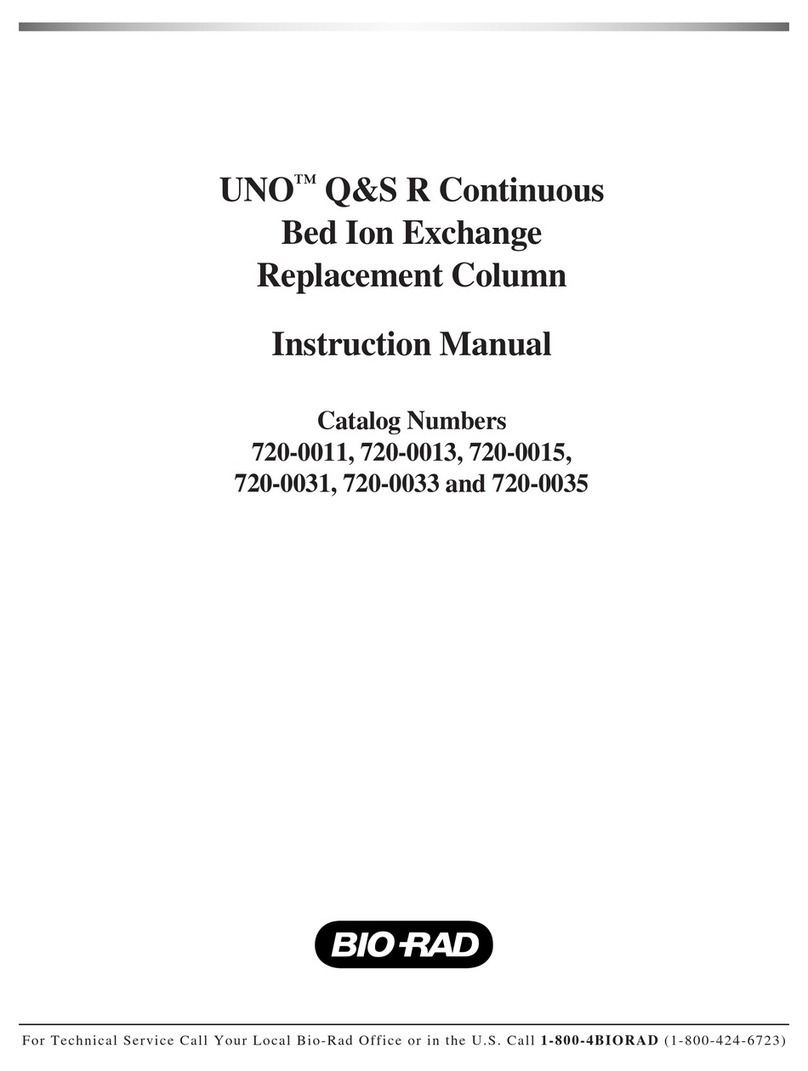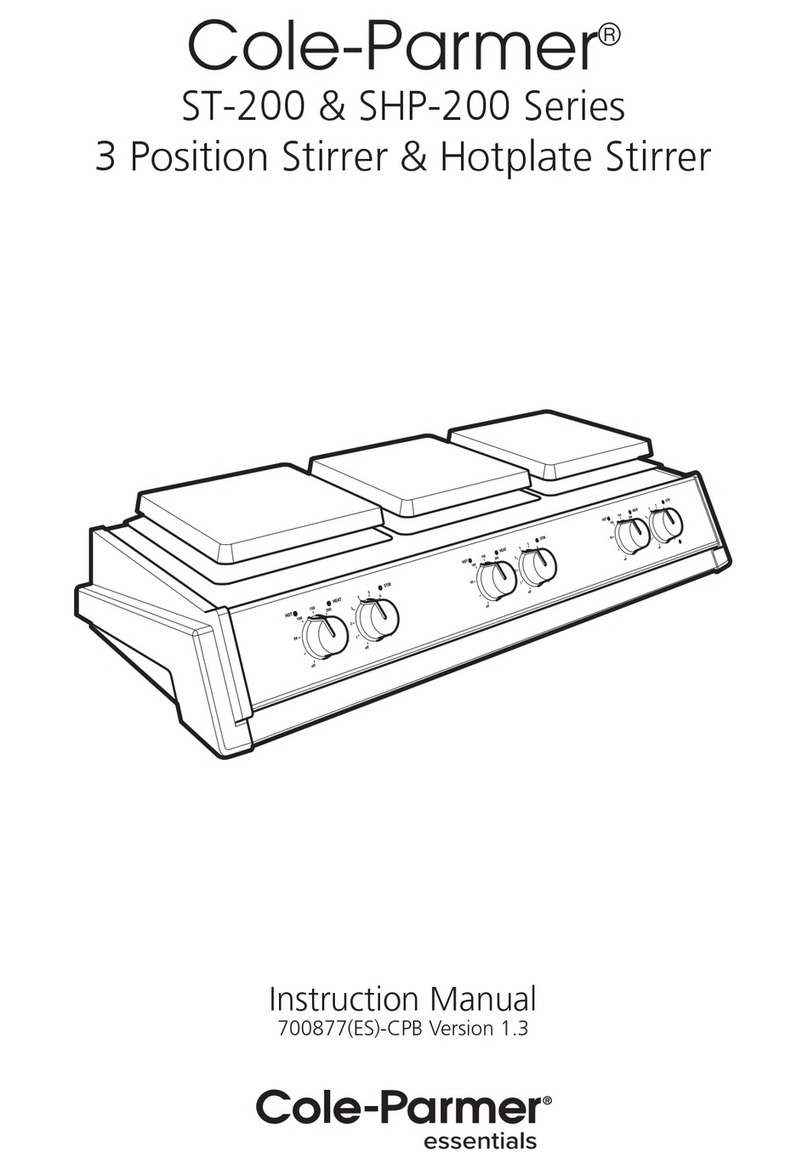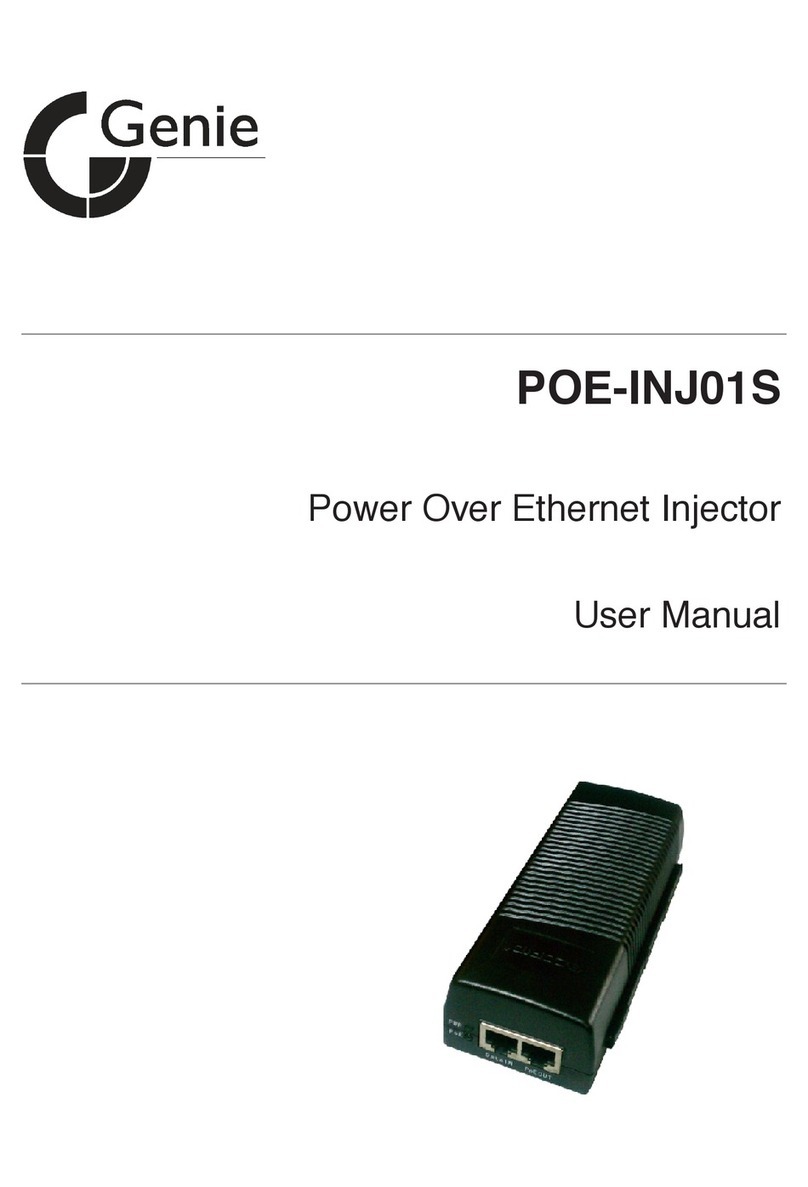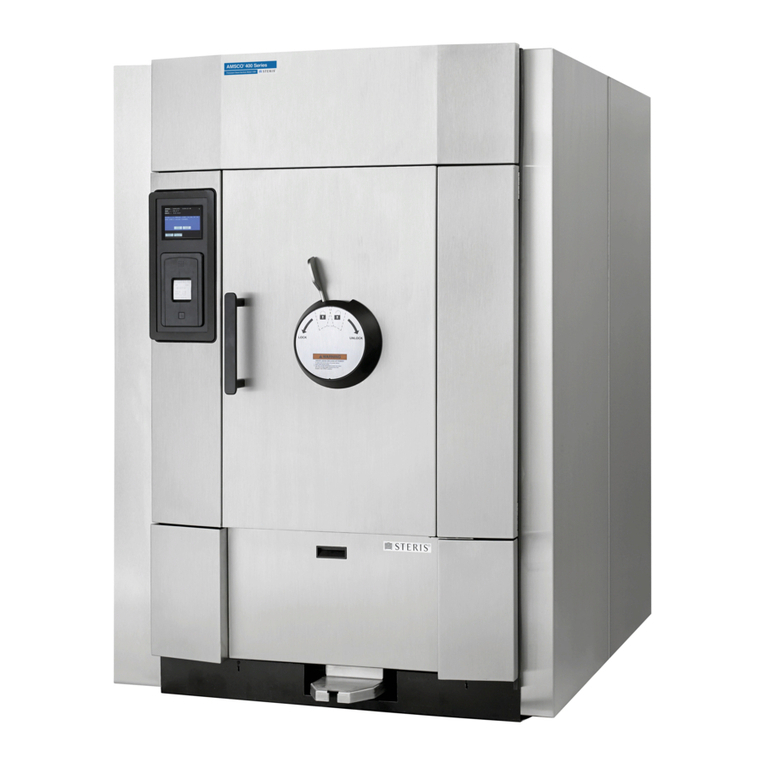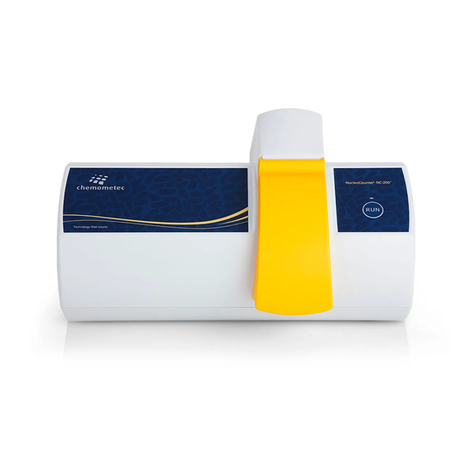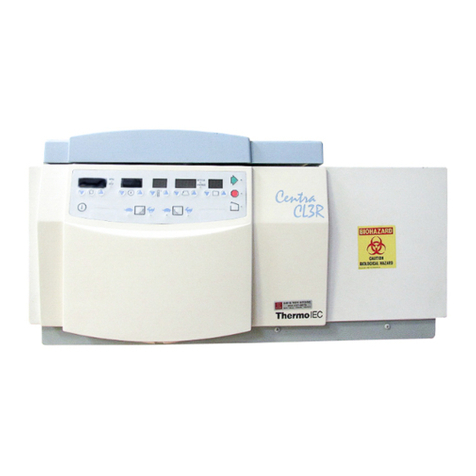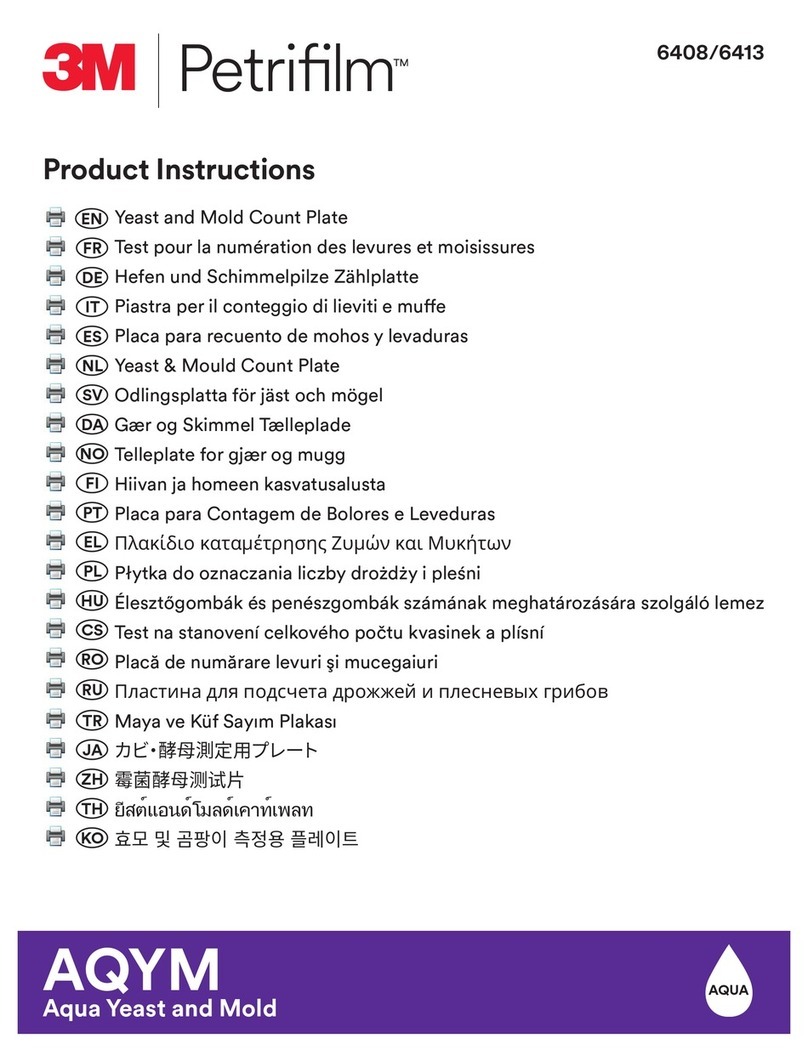Eisco PH0619 User manual

SPECTROMETER STANDARD
CAT NO. PH0619
Instruction Manual

Standard Spectrometer
Introduction:
It is an inexpensive spectrometer having good performance with which the composition of
light can be examined and refractive index of a transparent solid or liquid measured. The
essential parts are as follows:
a) Collimator : It consists of a main tube at the one end of which there is a small draw tube
fitted with a well corrected achromatic convergent lens with f. 1,=178 mm, and the other
end carries an adjustable slit. The draw tube can be moved helically inside the main tube
by hand, in order to place the slit in the focal plane of the lens so as to give parallel rays.
The collimator is mounted on a spring loaded support. The support is integral with the
base.
b) Prism Table : The prism table is supported on a 175 mm. Diameter circular scale
graduated in degrees. The circular scale is rotatable about the central axis and is
provided with a clamping screw. The fully adjustable prism table with three leveling
screws has screwed holes for fixing the prism and grating holders.
c) Telescope : The telescope is astronomical type consisting of main tube at one end of
which there is draw tube fitted with an achromatic objective, and the other end carries a
Ramsden's eye piece with cross wires. The draw tube can slide inside the main tube
helically by hand. The telescope mounted on heavy bearings can be rotated about the
0
vertical central axis of the scale. A vernier reading to 0.1 is fixed to telescope arm. There
is one clamping screw to fix the telescope and a tangent screw for slow motion of the
telescope.
-1-
© EISCO SCIENTIFIC ●www.eiscolabs.com

PRELIMINARYADJUSTMENTS OF THE SPECTROMETER :
First focus the cross wires by moving the eye piece in and out. This fixes the position of the
eye piece, relative to the cross wires. Next pointing the telescope through an open
window at some distant object lying at infinity such as an electric pole, adjust the distance
between the eye piece and the objective with the help of helical arrangement, until there is
no parallax between distinct image of distant object (at infinity) and the cross wire. When
this is done the telescope must not be readjusted again during the experiment. It may
happen that a second observer whose sight differs from that of the first is unable to focus
the cross wires easily. He may readjust the eye piece provided that he does not alter any
other part of the telescope.
The telescope is now turned towards the collimator with its slit illuminated with a
monochromatic source of light. The collimator lens is then, adjusted with the help of
helical arrangement until a distinct image of the slit falls on the cross wires and there is no
parallax between the two. The instrument is now ready so that parallel rays pass from the
collimator to the telescope.
Schuster' Method : In the absence of a distant object this method may be used. After
focusing the eye piece on cross wires the prism is so placed on the prism table that it has
maximum illumination from the collimator. The prism table is then rotated slowly, following
the refracted image with the telescope until the position of minimum deviation is found.
Now the table is so rotated, so that the refracting edge is slightly turned towards the
telescope causing the rotation of the image. The telescope is adjusted to give the distinct
image. Again the prism table is turned to the other side of the minimum deviation i.e. the
refracting edge towards the collimator and the collimator is adjusted to give a fine and
distinct image of the slit. This procedure is repeated a number of times (usually three to
four alternate focusing are sufficient) till the image does not blur on rotation.
Levelling of the Table: Place the prism on the table of the spectrometer, so that its
refracting edge is at the center and parallel to the slit of the collimator and one of its clear
faces say AC is perpendicular to the line joining two of the levelling screws P & Q. Adjust
the prism table so that parallel beam of light illuminates both the faces surrounding the
edge, as shown in the Fig. 1.
Receive the light in the telescope in the position T. Adjust the levelling screws P & Q to
1
bring the reflected image in the middle of the field of view of the telescope. Next turn the
telescope to face AB in the position Tand adjust the screw Rto bring the image again in
2
the center of the field of view.
Expt. 1 : To determine the angle of the prism by any of the following two methods:
a) By turning the Telescope : Having adjusted the image symmetrical in the field of
view of the telescope, on either face, allow the telescope to receive rays along AT from
1
the face AC and along AT from the face AB each time the slit falling upon the across
2
wires. The Difference between the two readings (angle T AT ) is equal to twice the angle
1 2
of prism i.e, 2Awhere Ais angle of the prism. Half this difference gives the anglesA.
-2-
© EISCO SCIENTIFIC ●www.eiscolabs.com

b) By Turning the Table : Focus the telescope on the image of the slit by reflection
from AB as shown. Note this reading. Keeping the telescope fixed rotate the prism table
until the face AC is in position of AB, then AC has trough an angle i.e. the rays once again
be reflected in the original direction. The difference between the two reading is equal to q
0
i.e. the angleA= (180 - q).
Expt. 2: To find the angle of minimum deviation and the refractive index of the
material of the prism:
To find the angle of minimum deviation Dset the prism on the table with its center at the
m
center of the table so that the light is refracting through is along HK as shown in the Fig. :
And the image of the slit is seen with naked eye along KI. Direct the telescope in this
direction. Slowly rotate the prism table in such a direction that the deviation of the ray
decreases and also rotate the telescope so as to keep the image of the slit in the field of
view till the image of the slit comes to momentary rest and on further rotation of the prism
table in the same direction it turns back.
-3-
© EISCO SCIENTIFIC ●www.eiscolabs.com
A
B C
R
O
T1
T2
P
Q
Fig. 1
Fig. 2
A
H
G
KDm
BC
L

Sin A/2
Sin 2
A +Dm
=
m
B C
A
X
The position of the prism table at which the image becomes stationary corresponds to
minimum deviation position. This image is coincided with the vertical cross wire. Note the
position of the telescope on the graduated scale.
Remove the prism and turn the telescope to coincide the direct image of the slit with the
vertical cross wire directly. Note the position of the Telescope again. The difference
between the two readings is the angle D (angle of minimum deviation). The refractive
m
index is given by:
WhereA is the angle of prism. It may be pointed out here that when light passes through a
prism, deviation occurs and the amount of deviation depends upon its refractive index,
angle of incidence and the colour of the light used, Hence to find the refractive index, light
of one colour or monochromatic light must be used. It is very conveniently obtained by
soaking a piece of abestos in common salt solution and inserting it in the edge of non
luminous Bunsen flame or by using a sodium lamp.
Exercise : To find the refractive index of a transparent liquid using a hollow prism.
HINT :AHollow prism of glass is filled with a liquid whose refractive index is required. One
of the prism is marked as the refractive edge. One of the edge of this prism is marked as
the refracting edge. The angle subtended by the two faces here is the angle of the prism.
This angle and the angle of minimum deviation are determined and here the refractive
index is found as in the above experiment.
-4-
© EISCO SCIENTIFIC ●www.eiscolabs.com

x
y
l
m
dm
dl
dm
=dl
tdm
=dl
t
mvmr
2
=-
-
m
m
mvmr
1
W=-
-
m
Expt. 3 : To measure the dispersive power of a prism :
The dispersive power of a medium is given by :
Where mv and mr are the refractive indices for the violet and red rays and
Being the refractive index for the mean ray.
PROCEDURE : Take a hydrogen discharge tube or mercury lamp as a source of red and
blue rays. Illuminate the slit by it directly, and in the line spectrum three well marked
spectral lines can easily be seen one in the red region a second in the blue and green
region, and third in the violet. These lines are known as C, F and H lines and the value of
refractive indices of the prism corresponding to these lines represent fairly mr, mand mv
Respectively.
Proceed to calculate these as in the earlier expt. Calculate dispersive power, using the
above relation.
Expt. 4 : Resolving power of the prism : or calibration of the Prism Spectrometer :
Light from a mercury tube is found to consist of seven bright lines of different colours. If the
angle of minimum deviation for each line is found and the corresponding value of mis
calculated, a graph between wave length of each (from the tables for wave length) and m
is obtained. The calibration curve will be as shown. If the slope of the graph for any
particular wave length is found the resolving power of the prism can be calculated
Where t = length of the base of the prism and is tangent of the angle of the slope.
-5-
© EISCO SCIENTIFIC ●www.eiscolabs.com

Expt. 5 : Determination of wave length of sodium light with a plane transmission
grating :
The diffraction grating in the holder is placed in the proper position on the table so that it
lies at the centre of the table of the spectrometer. Set the telescope at right angle to the
collimator. Now set the grating for normal incidence.
To achieve this, first take the reading when the direct image of the slit coincides with the
0
vertical cross wire. Turn the telescope through 90 from this reading and fix it here. Now
rotate the table so that brightest reflected image of the slit after reflection from the grating
surface coincides with the same cross wire in the telescope. Note this reading and rotate
0
the through 45 to make the grating normal to the parallel beam of light coming from the
collimator.
View the lst order diffracted images on either side of the central maximum making the slit
as narrow as possible.
nd
Find the angle 2 qbetween the diffracted images in the first and then in the 2 order
spectra. Half of this angle is the angle of diffraction in each case. If (a + b) is the width of
the grating element then :
(a + b) sin q= n l(For details see some Theory book)
st nd
Where n = order of the spectrum. For 1 order n=1, and for 2 order n=2, and
(a + b) = where Nis the no. of lines ruled on the grating surface per cm.
and l= Wave length of the light used.
-6-
© EISCO SCIENTIFIC ●www.eiscolabs.com
1
N

EISCO SCIENTIFIC instructions, content and design is intellectual property of EISCO
U.S. Distributor :
Eisco Scientific
850 St Paul St, Suite 15, Rochester, NY 14605
Website : www.eiscolabs.com
Manufactured by :
www.eiscolabs.com
Table of contents
Other Eisco Laboratory Equipment manuals
Popular Laboratory Equipment manuals by other brands

N-BIOTEK
N-BIOTEK MINI-CELL NB-203M Operation manual
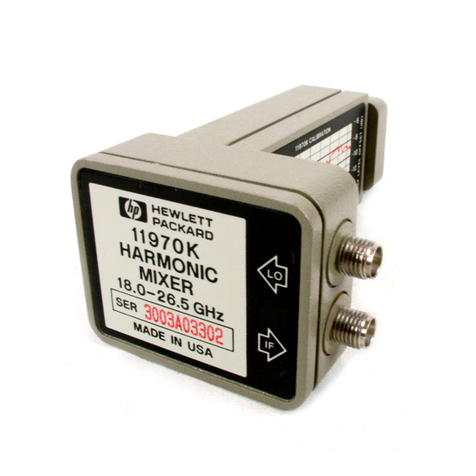
Agilent Technologies
Agilent Technologies 11970 Series user guide
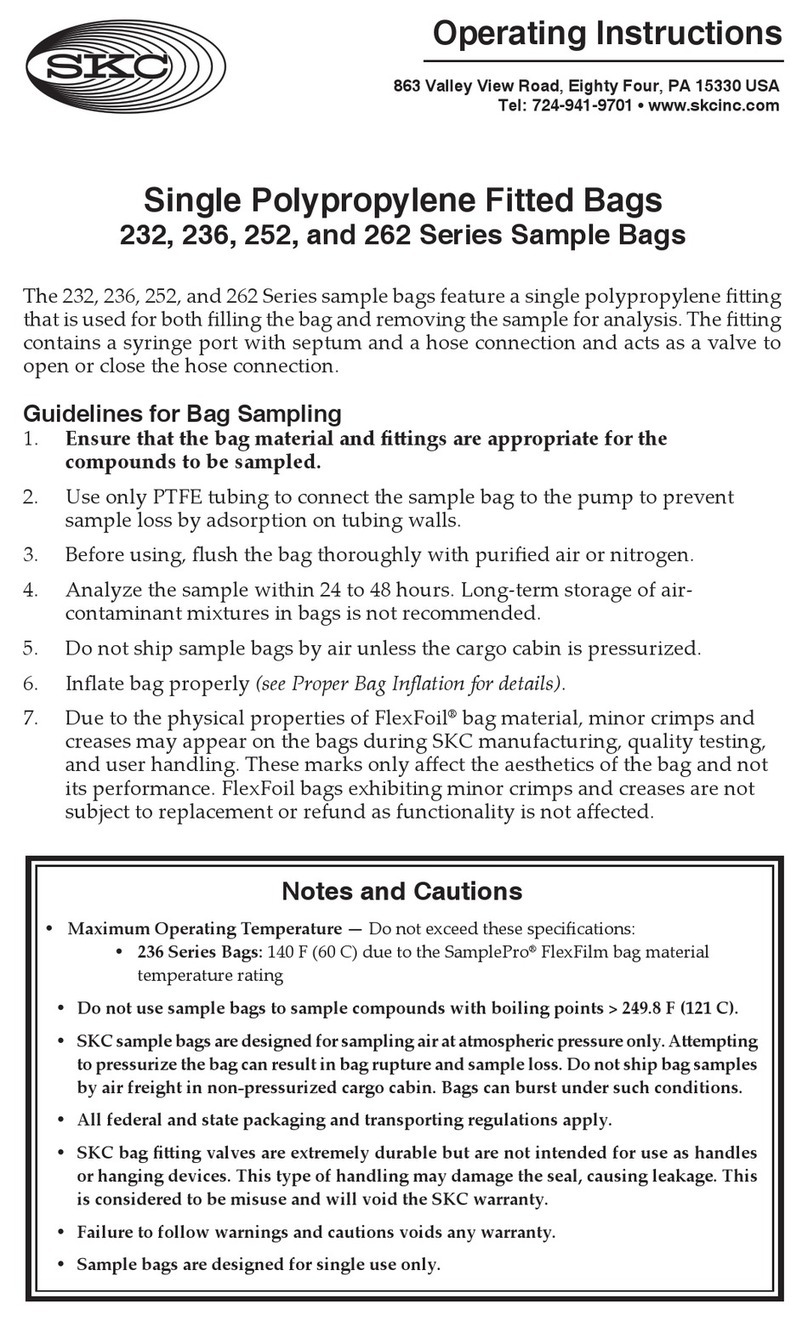
SKC
SKC 232 Series operating instructions

ThermoFisher Scientific
ThermoFisher Scientific ARL EQUINOX Series Instruction Notice
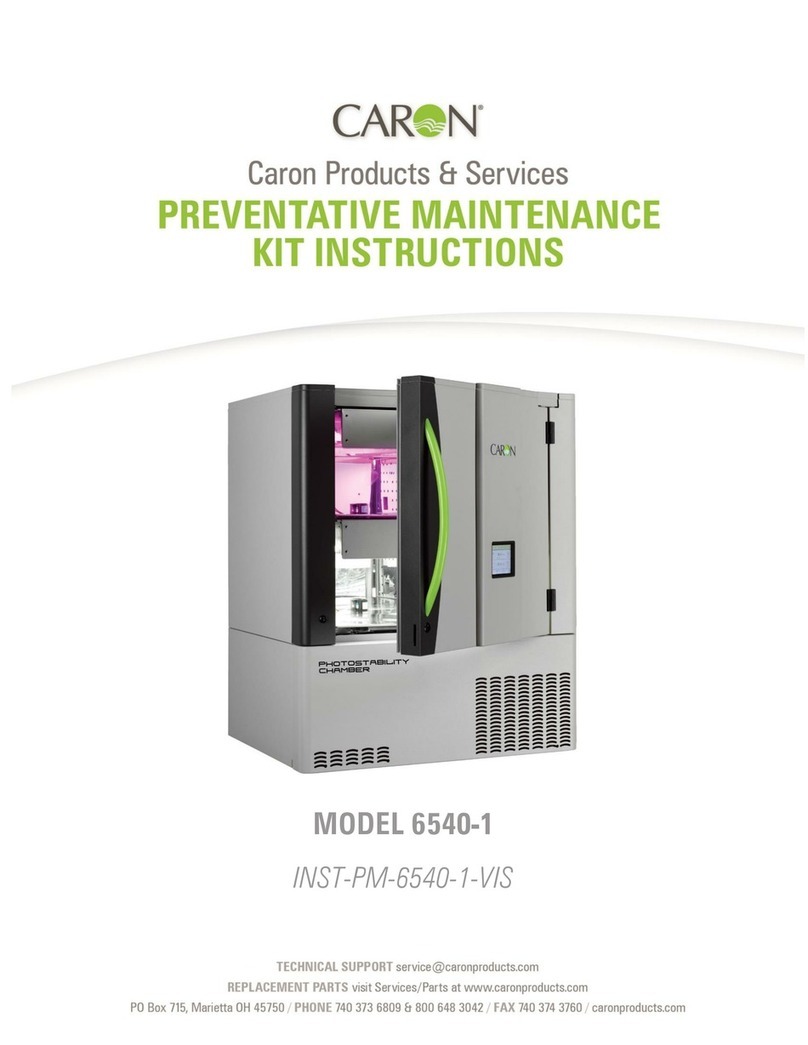
caron
caron 6540-1 Preventive Maintenance Instructions
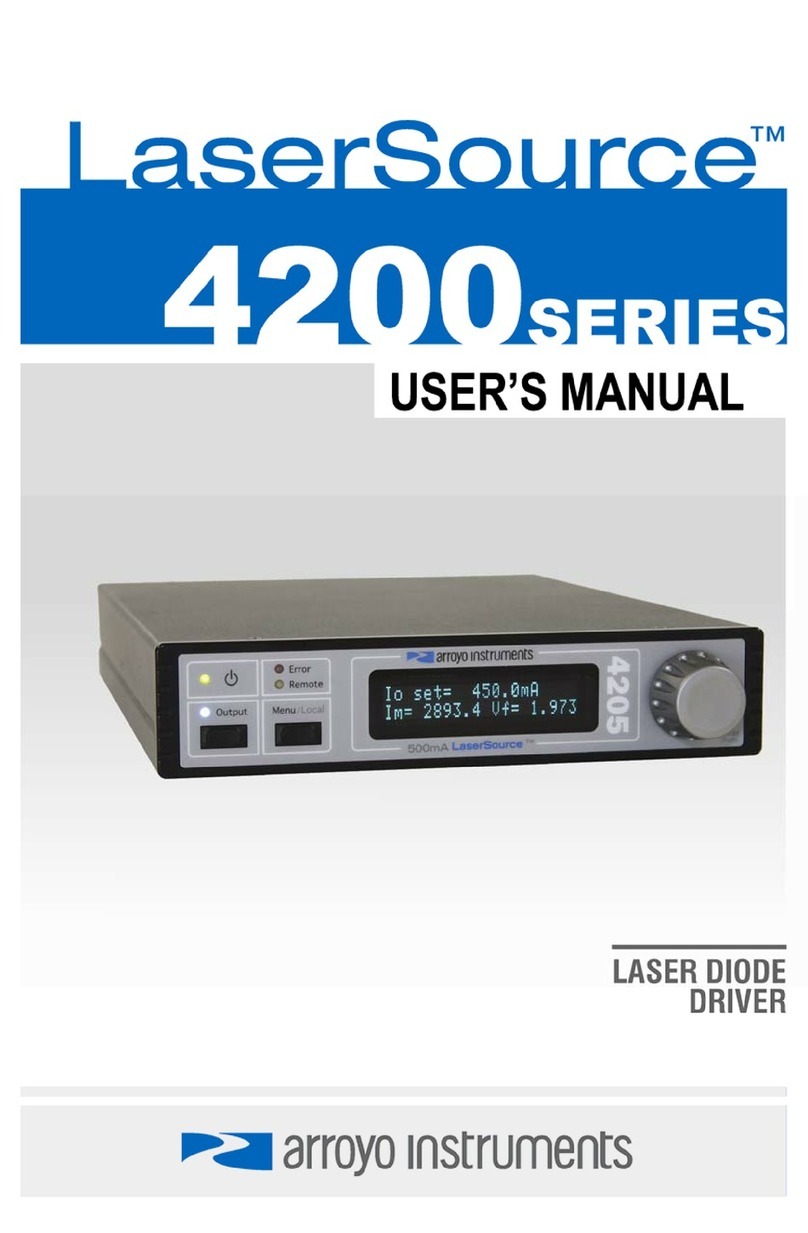
Arroyo Instruments
Arroyo Instruments LaserSource 4200 Series user manual
